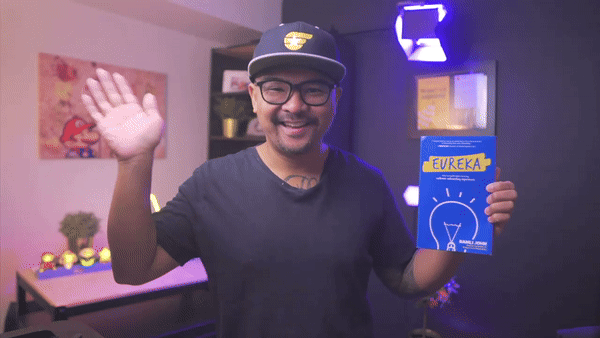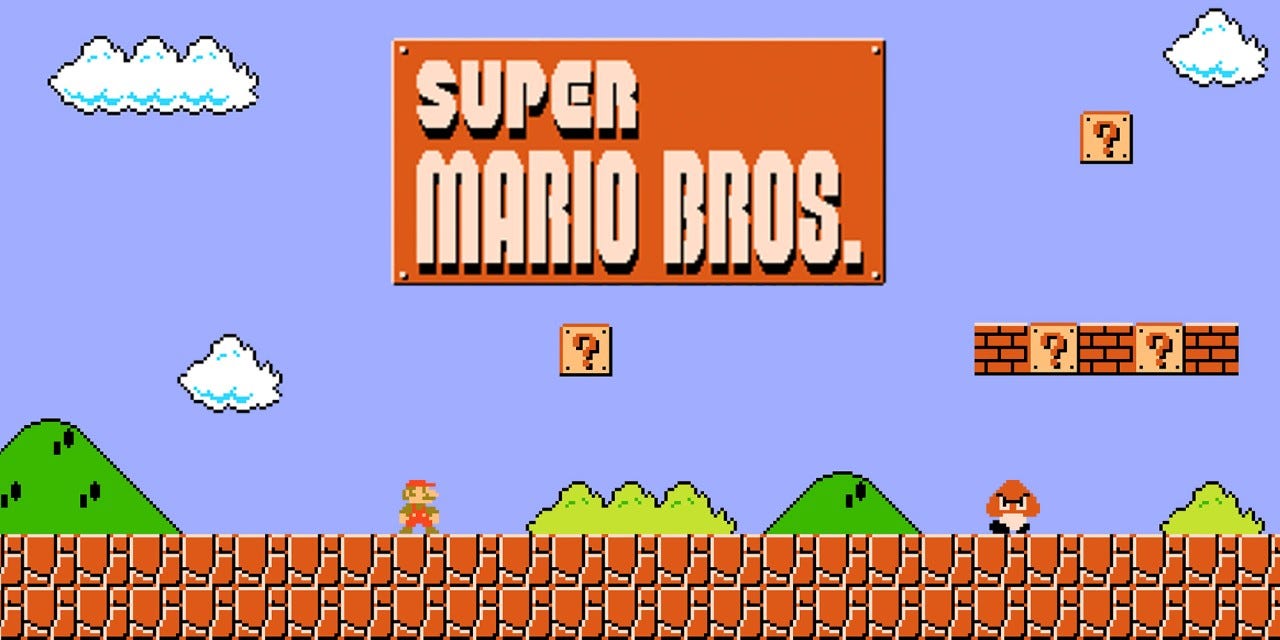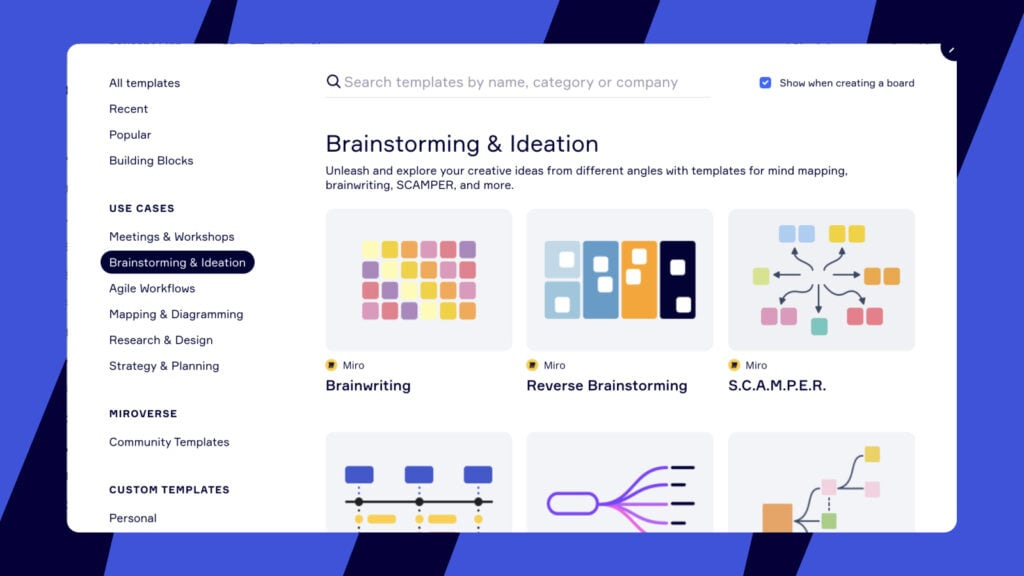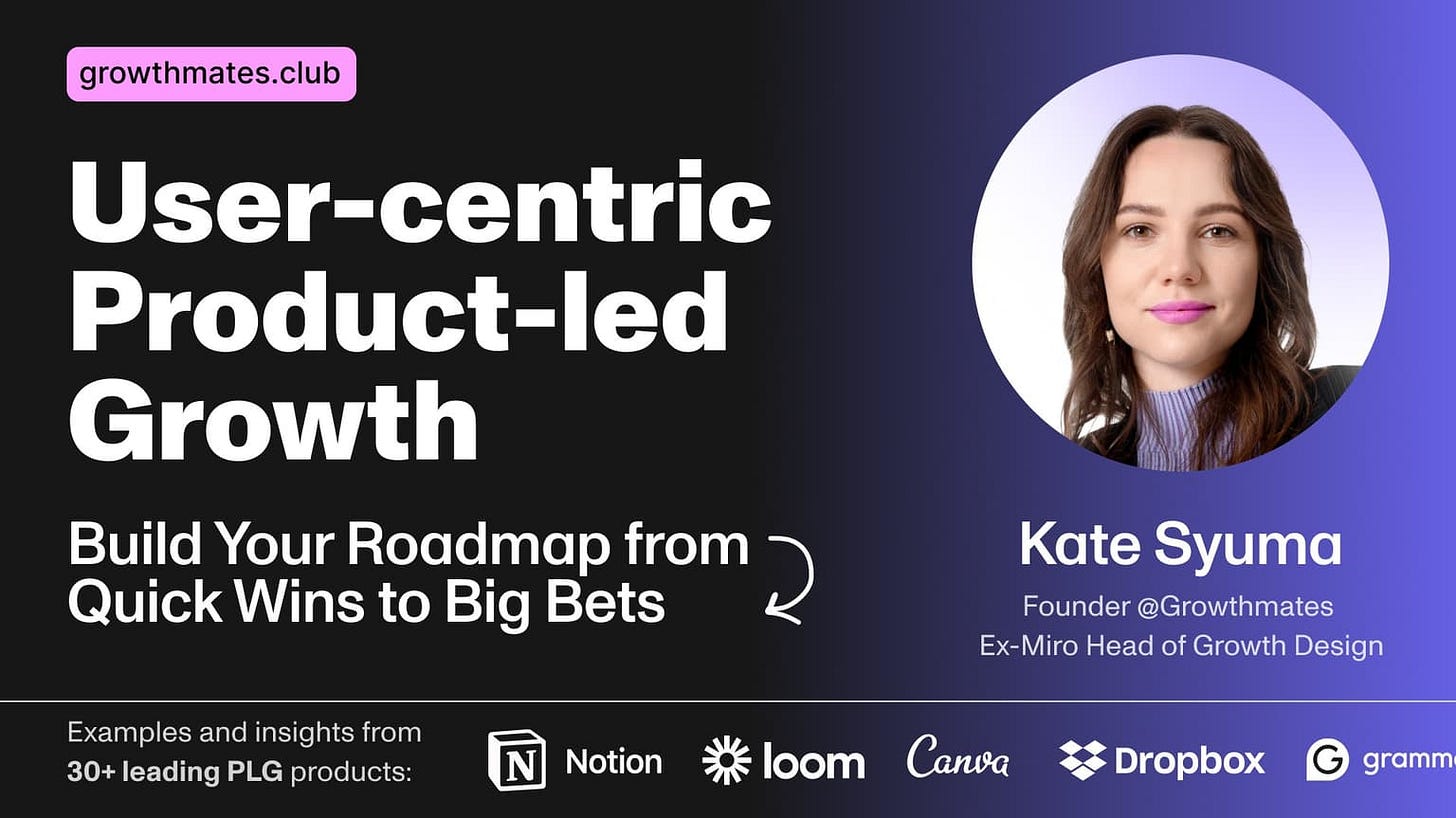Super Mario’s onboarding magic 🪄
What Nintendo's iconic World 1-1 teaches us about effective B2B onboarding. Start small, build confidence.
This is a preview of my new book, EUREKA: The Customer Onboarding Playbook for High-Growth B2B Companies (coming June 2025).
You can also pre-order it now to get bonuses like:
Early access to selected chapters
Exclusive frameworks and templates
Private community access
Launch day bonuses
Plus, subscribe to Delight Path for weekly insights and behind-the-scenes looks at how the book is coming together.
Enjoy the preview!
Remember World 1-1 in Super Mario Bros? That first level is a masterclass in user onboarding. Nintendo's designers didn't start you with complex castle levels full of Bowser's fireballs. Instead, they created what game designer Dan Emmons calls "the perfect tutorial level."
Let's analyze how World 1-1 progressively teaches players everything they need to know:
First Seconds: Empty space to learn basic movement
First Goomba: Introduces jumping and enemies
Question Blocks: Rewards exploration
Power-ups: Transforms capabilities gradually
Each element builds on players' learning, creating a natural progression from novice to expert. By the end of World 1-1, players have mastered the core mechanics without ever feeling overwhelmed.
The "World 1-1 Problem" in B2B Onboarding
Most B2B products ignore this principle. They throw users into the equivalent of World 8's castle on day one:
Complex setup requirements
Advanced features everywhere
Overwhelming customization options
It's like starting Mario in Bowser's Castle without learning how to jump first.
Building Your Product’s World 1-1
The best B2B companies design their onboarding like Nintendo designed World 1-1. Let's look at how Slack does it:
1. Empty Space (Basic Movement):
Just as Mario has an empty space to learn running, Miro starts users with a pre-populated template where they can safely explore. Users learn basic canvas navigation and simple zoom controls without pressure—there's nothing to break or mess up, just like Mario's first steps.
2. First Goomba (Simple Challenges):
Once comfortable with movement, users face their first meaningful challenges: adding their first sticky note, drawing their first shape, and moving objects around the canvas. Like Mario's first Goomba encounter, these small challenges teach essential skills they'll use throughout their journey.
3. Power-ups (Advanced Features): Miro users unlock more advanced features, such as creating custom templates, setting up team frameworks, and using timers and voting for workshops. Each new capability builds on their foundational skills.
Each step naturally flows from the last, building user confidence through progressive mastery.
Three Lessons from World 1-1
Nintendo's genius in World 1-1 wasn't just about teaching game mechanics—it was about building player confidence. The level's design principles translate perfectly to B2B onboarding, offering three crucial lessons for product teams:
Start with Space - Give users room to learn basic navigation before introducing complexity
Progressive Challenges - Introduce new features only after users master the basics
Safe Learning Environment - Create low-stakes environments where mistakes don't feel costly
As an aside, Miro's former Head of Growth Design, Kate Syuma, is hosting a live course starting in a few days: "User-Centric Product-Led Growth." Kate was instrumental in scaling Miro's onboarding from startup to over 60+ million users, and she's been generous enough to share a $120 discount code for Delight Path readers. Use code “Ramli” at checkout.
That's all for now, folks!
I'd love to hear your thoughts about this preview:
What's your product's "World 1-1"?
Where do you see users getting overwhelmed too quickly?
How do you currently structure your feature progression?
Leave a comment below.
And, of course, you can get exclusive updates, resources, and snippets from the book by subscribing to Delight Path.








Super nice application of Super Mario to B2B world — in your style Ramli! 🚀 Thanks for mentioning my course — would be happy to see your followers in the upcoming and future cohorts!